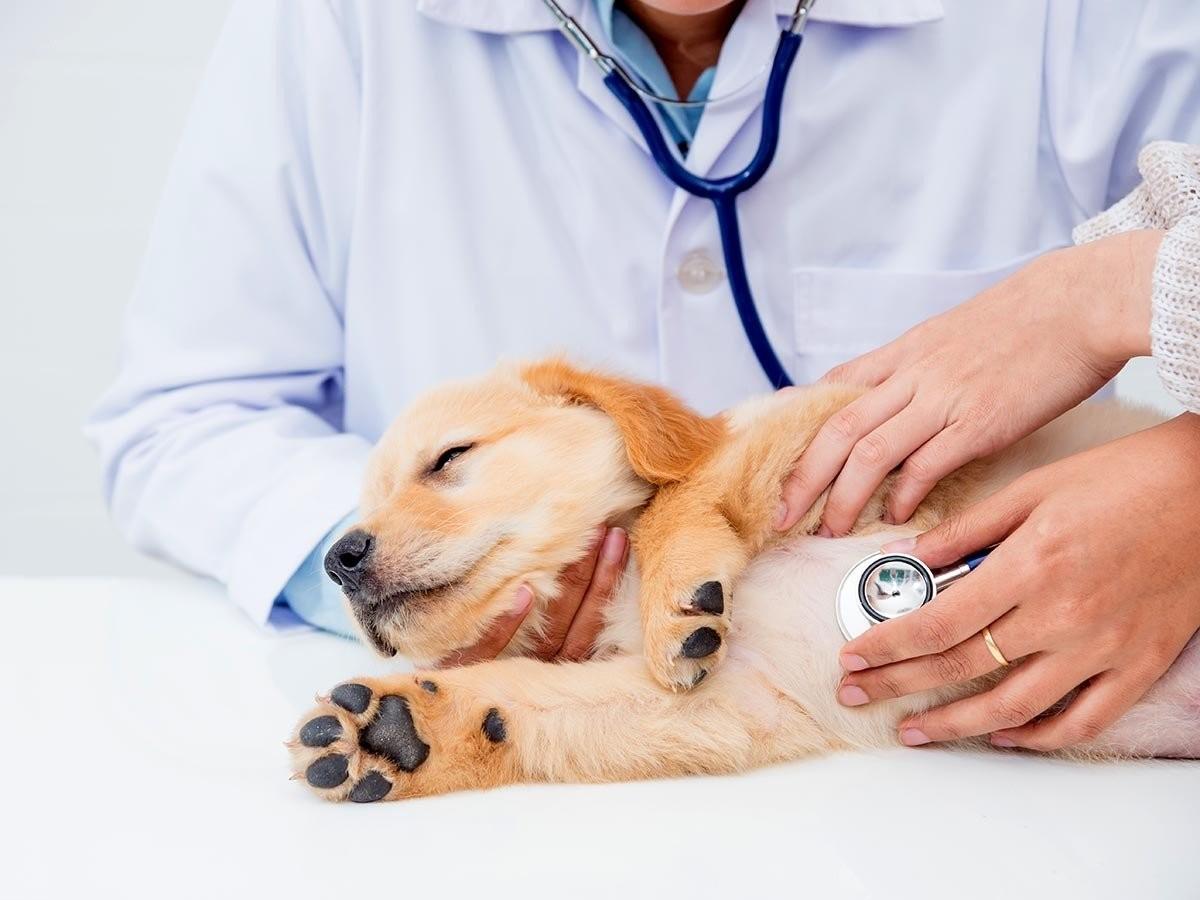Spaying and neutering are common procedures for dogs and cats. These surgeries offer numerous benefits, including preventing unwanted litter, reducing the risk of certain cancers, and potentially reducing behavioral issues. However, the recovery requires careful attention and proper care to ensure a smooth and comfortable healing process for your pet. This guide will provide you with essential tips on caring for your dog or cat after spaying or neutering.
How to Help Your Pet Recover After Spaying or Neutering
1. Limit Activity and Rest
After spaying or neutering, your pet needs ample rest to heal properly. Avoid excessive exercise, strenuous activities, or rough play for at least two weeks, or as instructed by your veterinarian. Excessive activity can strain the incision site and hinder the healing process.
2. Prevent Licking or Chewing at the Incision
Licking or chewing the incision site can lead to infection and complications. Your veterinarian may prescribe an Elizabethan collar (dog cone) to protect the incision. Ensure your pet gets used to the cone before returning home and monitor them closely when unsupervised.
3. Keep the Incision Clean and Dry
Maintaining cleanliness around the incision site is crucial to prevent infection. Avoid bathing your pet for at least two weeks, or as instructed by your veterinarian. If the incision gets dirty, gently clean it with a mild antiseptic solution and a clean cloth.
4. Monitor for Signs of Complications
While most pets recover smoothly, be aware of potential complications. Monitor your pet for signs of infection, such as redness, swelling, or discharge from the incision site. Also, watch for lethargy, loss of appetite, or any abnormal behavior. Contact your veterinarian immediately if you notice any of these signs.
5. Provide a Comfortable Recovery Space
Create a quiet, comfortable space for your pet to rest and recover, away from other pets and children. Provide plenty of soft bedding and avoid placing food or water bowls near the incision site.
6. Follow Your Veterinarian's Instructions Carefully
Follow your veterinarian's instructions regarding medication, activity restrictions, and post-operative care. Don't deviate from these recommendations without consulting them first.
7. Seek Veterinary Guidance if Unsure
If you have any concerns or questions about your pet's recovery, don't hesitate to contact your veterinarian. They are always available to provide guidance and reassurance.
Caring for Your Dog After Neutering: What to Expect
After neutering, your dog may experience some behavioral changes during the first 24 to 48 hours. A decrease in appetite due to nausea is common, so consider dividing their meals into smaller portions. The effects of sedation may linger, resulting in drowsiness. If these changes persist beyond the initial recovery period, contact your veterinarian.
Typically, it takes about two weeks for a male dog to fully recover from neutering. However, always follow your veterinarian's specific instructions for post-operative care and activity restrictions.
Caring for Your Cat After Spaying: Dos and Don'ts
Similar to dogs, cats also require rest and a calm environment after spaying. Monitor their incision site for any signs of infection and follow your veterinarian's instructions carefully. Avoid letting your cat jump or engage in strenuous activity until fully healed.
How Long is Spay Recovery for a Cat?
In general, it takes about 7-10 days for a cat to recover from spaying. However, the healing process can vary depending on individual factors and the specific procedure performed.
How Long to Keep Cats Separated After Neutering?
It's recommended to keep cats separated for up to 30 days after neutering, especially if they are not from the same litter or household. This helps prevent unwanted mating behavior and potential complications during the recovery period.
Can I Let My Cat Roam the House After Being Spayed?
While it's tempting to let your cat roam freely after spaying, it's recommended to keep them confined for at least the first 24 hours after coming home from the vet. This allows them to rest and recover in a safe environment. After the initial 24 hours, you can gradually allow them more freedom, but avoid letting them jump or engage in strenuous activity until fully healed.
Expert Insights From Spot
According to Spot's data, spaying and neutering are common procedures for both cats and dogs. Spot has received over 4,151 claims for cat spaying or neutering, with an average treatment cost of $423. This preventative procedure is typically performed when cats are around 9-10 months old. For dogs, Spot has processed 23,234 claims for spaying/neutering, with a higher average treatment cost of $695. This procedure is usually conducted when dogs are around 1 year old.
Key Takeaways
Spaying and neutering are essential procedures for responsible pet ownership. By following these seven essential tips, you can help ensure a smooth and comfortable recovery for your pet. Remember, your veterinarian is your best resource for guidance and support throughout the healing process.
While the average cost of spaying or neutering may seem high, investing in your pet's health and well-being is priceless. Consider pet insurance like Spot Pet Insurance to help cover unexpected veterinary expenses and provide peace of mind. Get a quote today!

Creative manager by day, pet enthusiast all the time! After 19 years with my dog (hopefully he wins the award for oldest pet in the world), I enjoy spending my days brainstorming tail-wagging content, and sniffing out the latest trends in the pet world.












